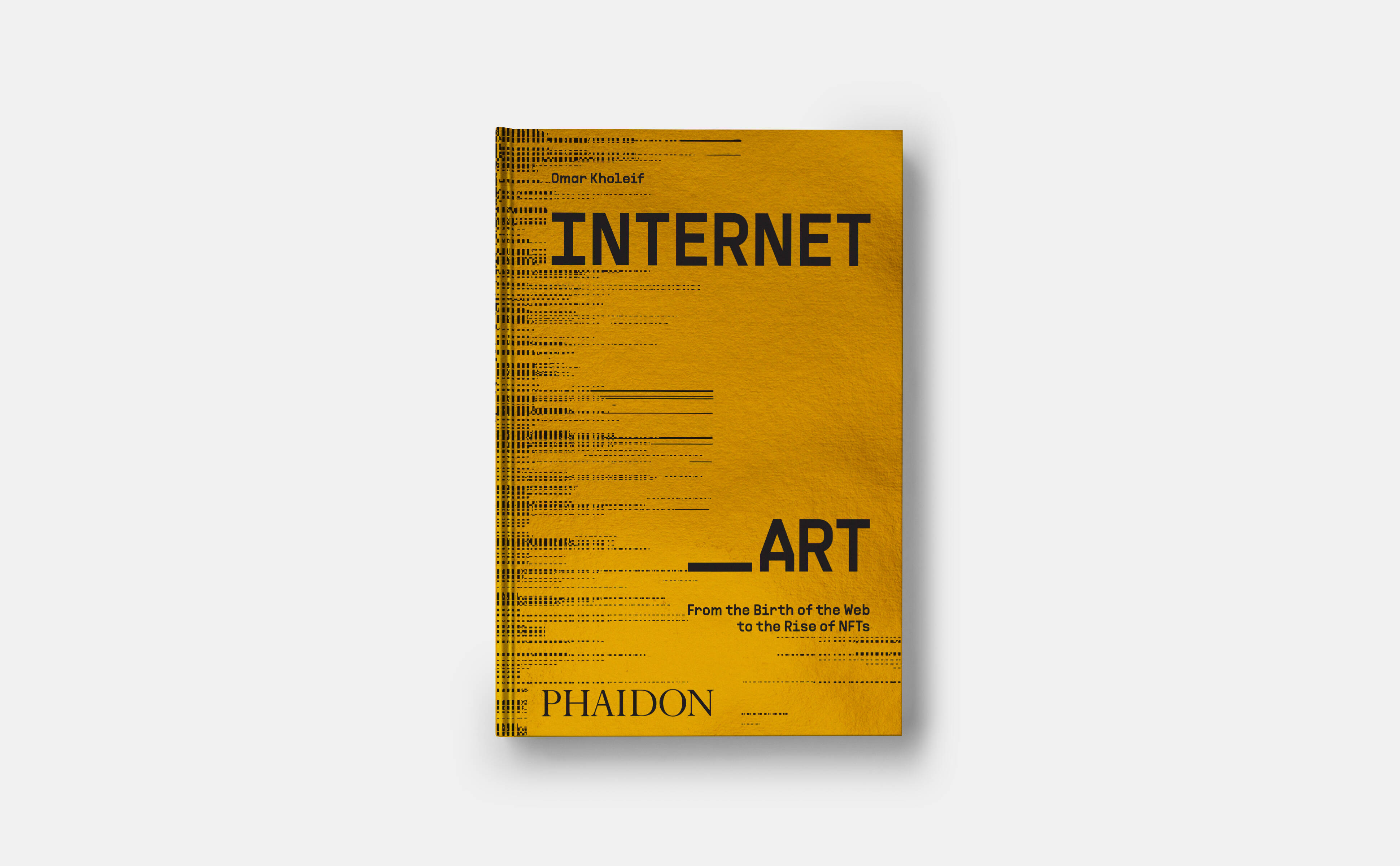
Who are the pioneers of internet art? Here's Dr. Omar Kholeif to tell you
The author of our new book INTERNET_ART takes readers on a journey through networked culture
Odd as it may sound, I do find it tricky to pinpoint the pioneering figures of internet art—that’s because to be a forerunner one must be, if not consistent, then at least, persistent.
As music was my first love, I felt connected to the likes of artist, Christian Marclay, which led me back down the route of the Fluxus movement—exploring the worlds of John Cage to Nam June Paik through to someone nearer my own age, Cory Arcangel. Cory remains one of the few people whose knowledge I implicitly trust to be accurate. Indeed, it was Arcangel who cottoned me onto Andy Warhol as the progenitor of internet art in many a sense. Not only were Warhol’s aesthetic appropriations so spot on with regards to today’s tendencies within digital culture—his early experiments with computer art, unearthed in large part thanks to Arcangel, serve as a guiding roadmap for those of us interested in the aesthetics of contemporary visual culture.
Another defining moment was happening upon Mark Amerika. In high school, I conjured an imagined persona of myself as a pulp novelist of some sort, somewhere between Kathy Acker and David Wojnarowicz. Amerika’s GRAMMATRON felt like a descendant of this era, one that I had not lived, but only read-of. Released in 1997, it was the first browser-based artwork to reveal the literary possibilities of our hyperlinked consciousness; he had once noted, “I link therefore I am”—oh how real that feels today. From here, I delved backwards and forward—to Olia Lialina’s My Boyfriend Came Back from the War (1996) to the work of JODI, who came into my orbit when I learned that they’d won a Webby award in the late 1990s.

All the while, I was scouring for clues with regards to who/what/how this visual lexicon was being fashioned online. The collective, VVORK, led me to the art of Aleksandra Domanović, Constant Dullaart, and Oliver Laric.
But the person, I perhaps most identified with or wanted to be Lynn Hershman-Leeson. She is a polymath—a filmmaker, a photographer, a diarist of the electronic medium, as well as early example of a living avatar. Her art paid homage to figures concealed from history in every medium—using nascent technologies from Artificial Intelligence to experiments with CCTV, literally holding a mirror back up at society.
In recent years, the artists who have influenced me most in this domain are the ones who continue to engage me in live conversation. Zach Blas has queered the contours of art and technology; DIS have dissected and re-imagined “platform culture”; Simon Denny has unbuckled the possibilities of Blockchain technologies; Haroon Mirza’s art has thrust me into a parallel sensorium, and Jacolby Satterwhite has expanded how memory, race, and performativity are enacted. With all this, I still feel like I am only scratching the surface, which I assume, is surely, only but a good thing!
Want to know more? Buy INTERNET-ART here.